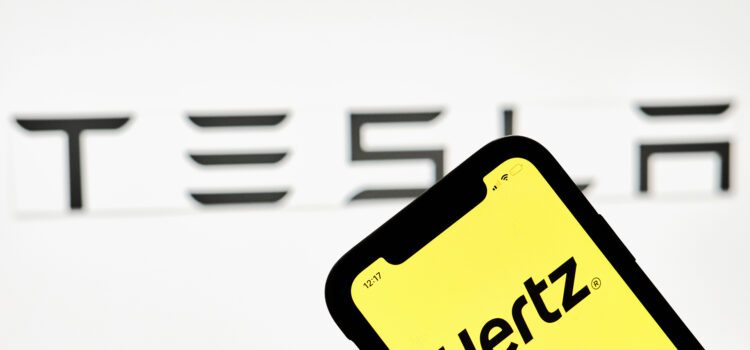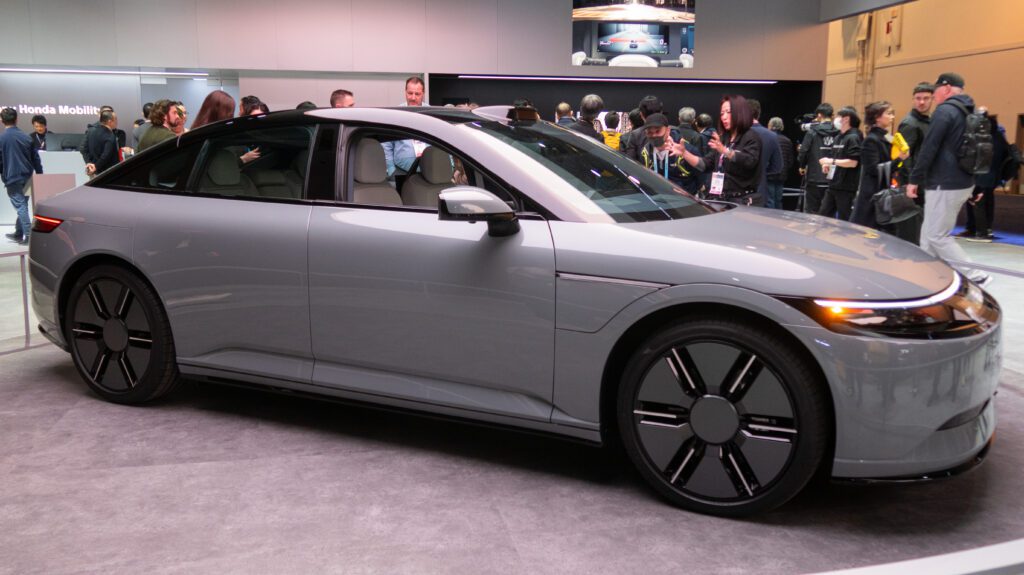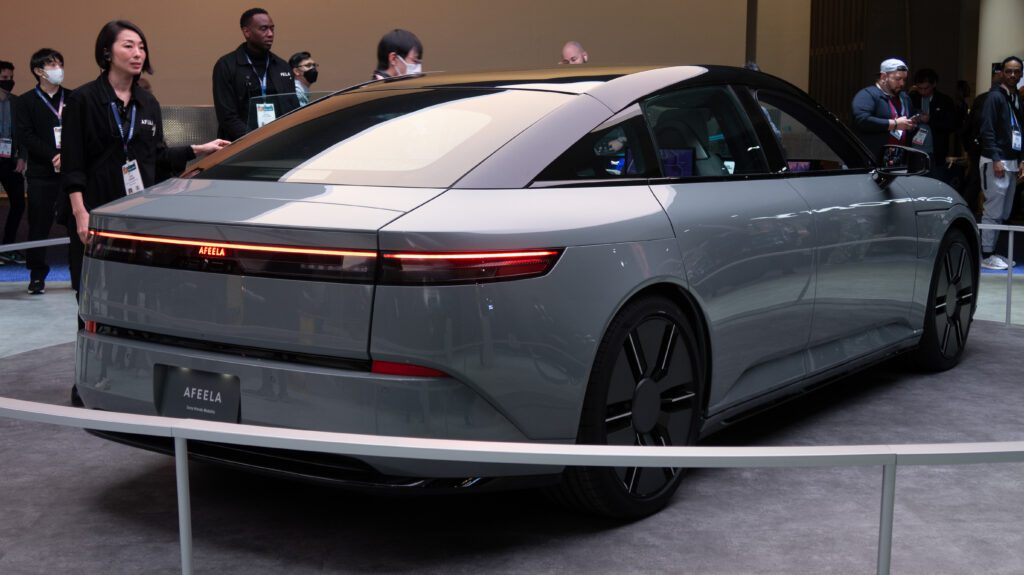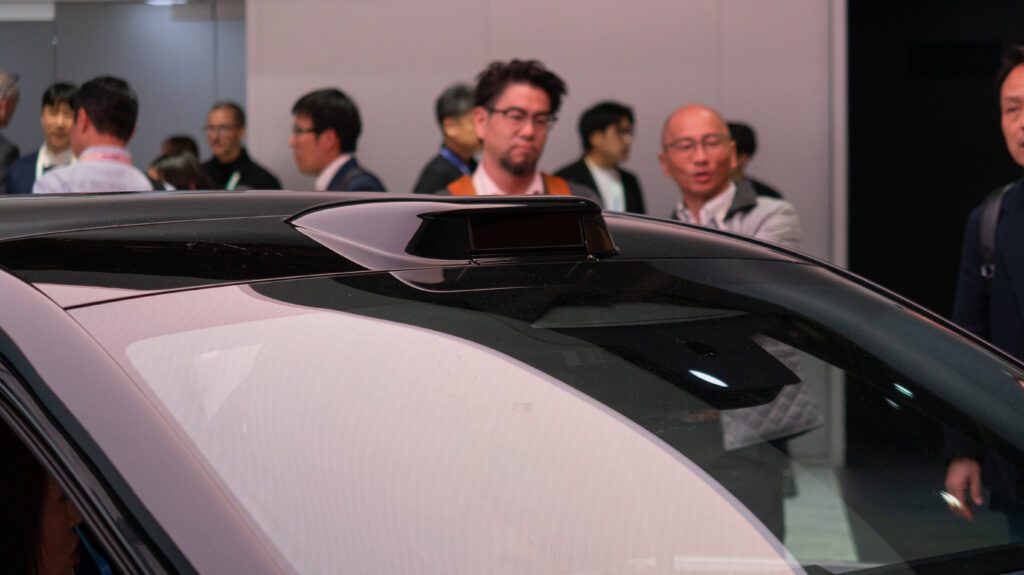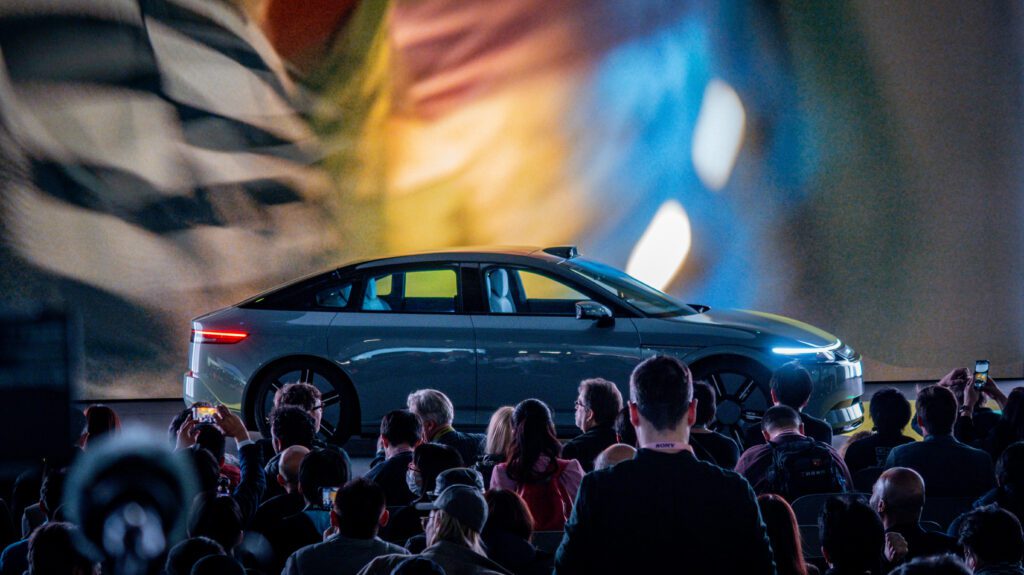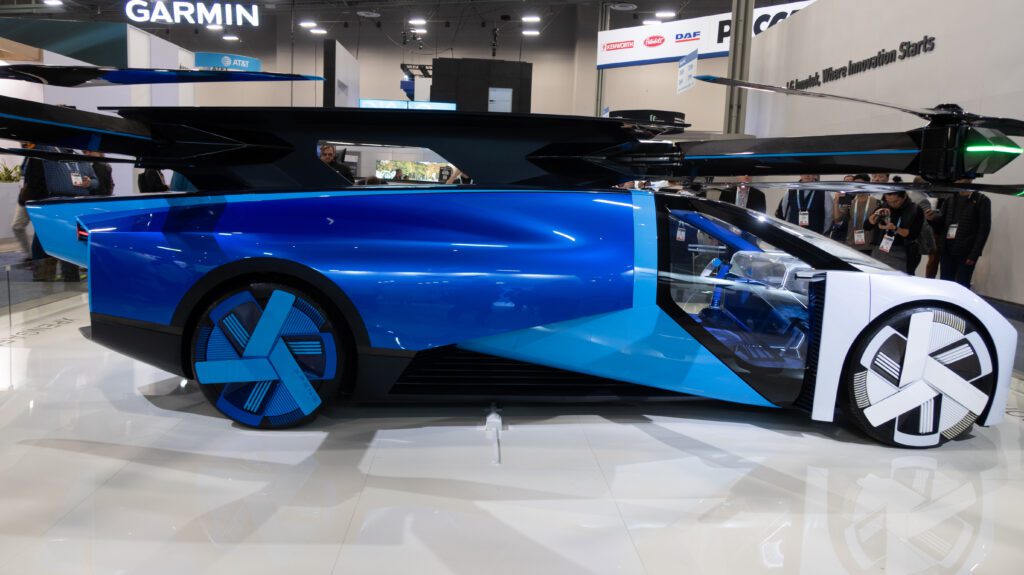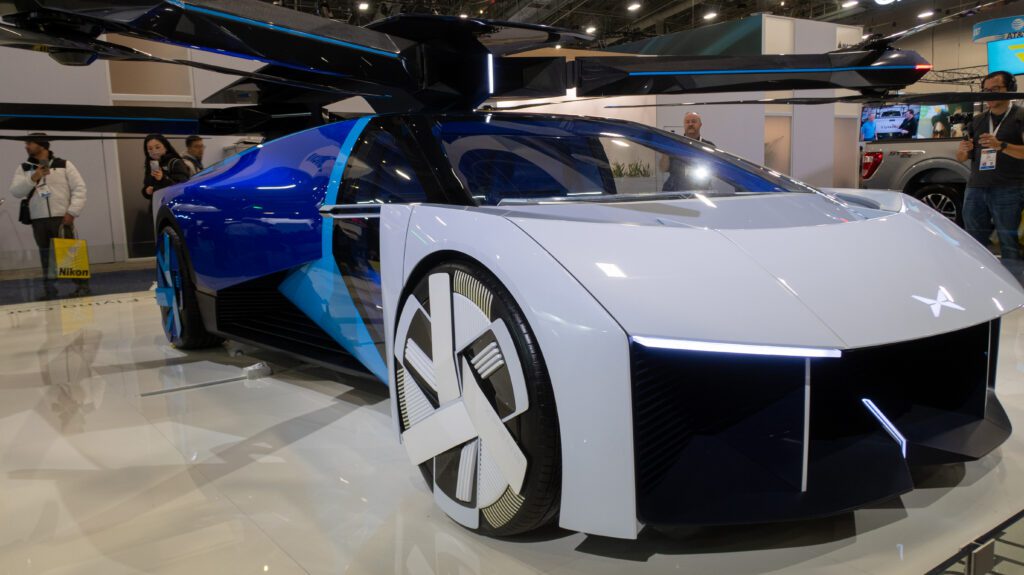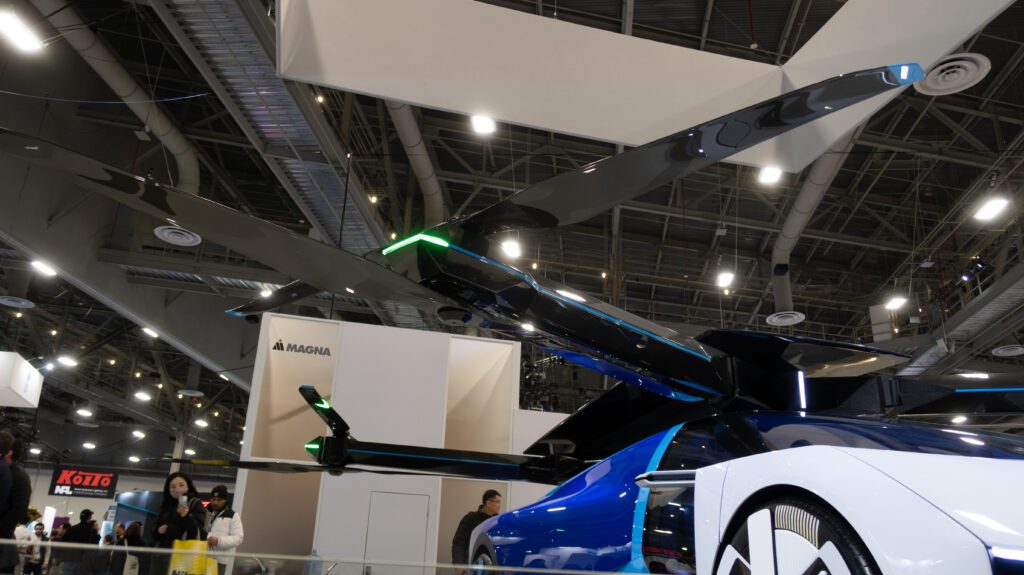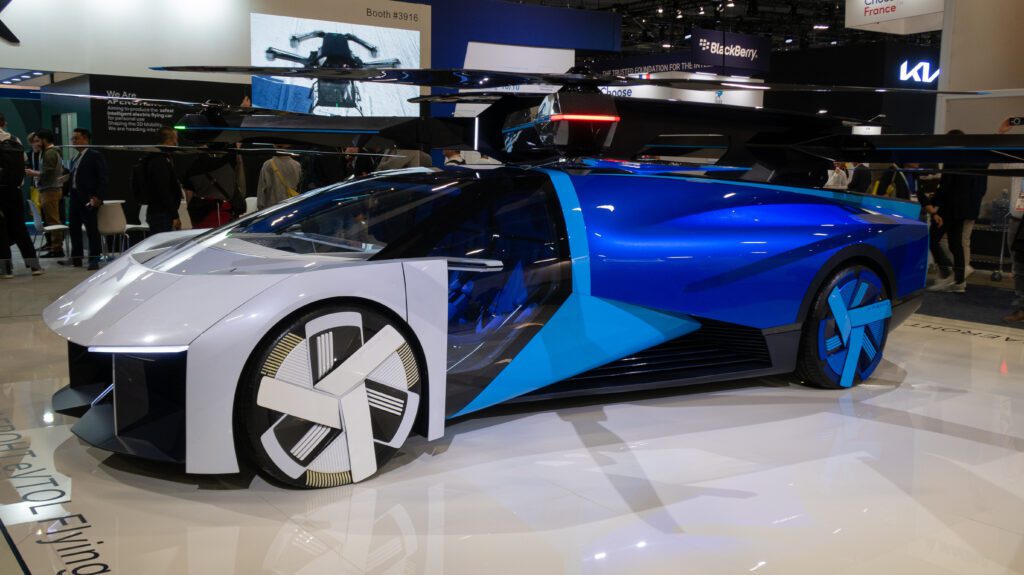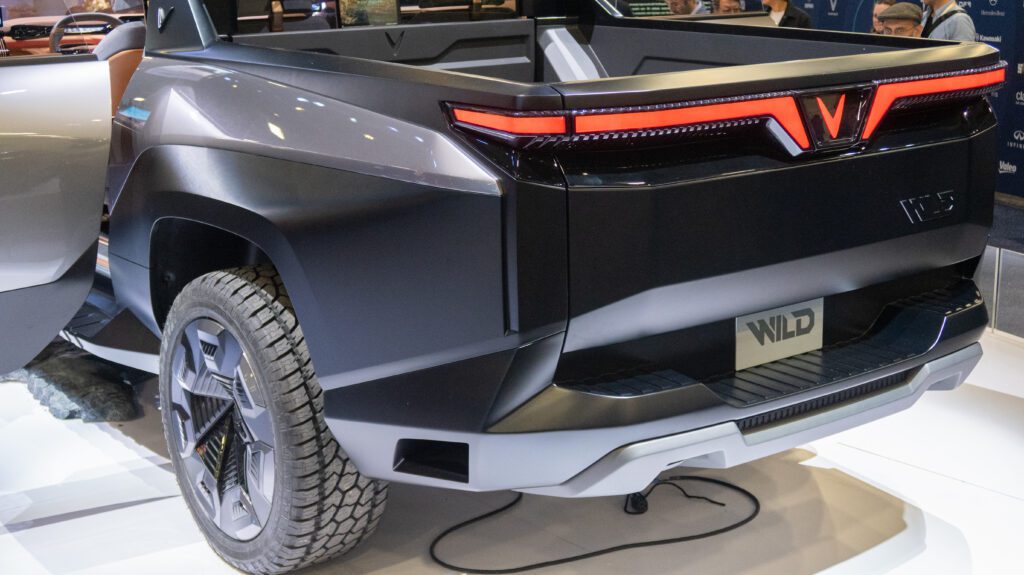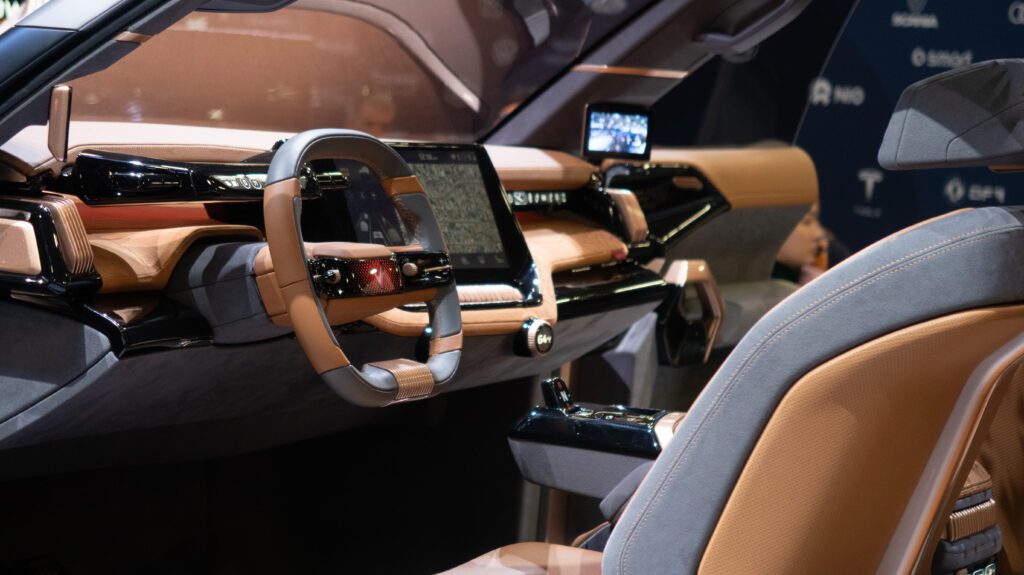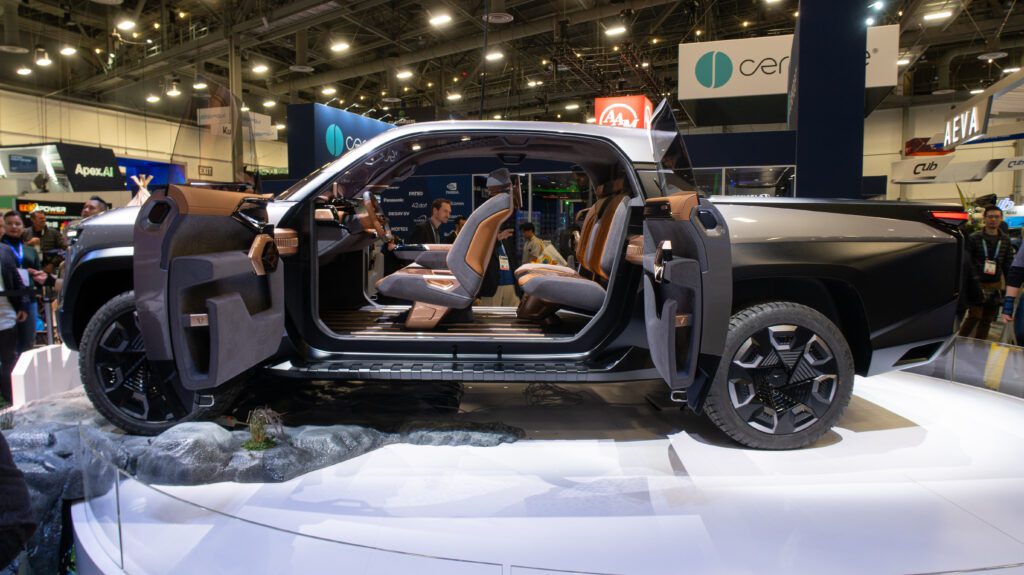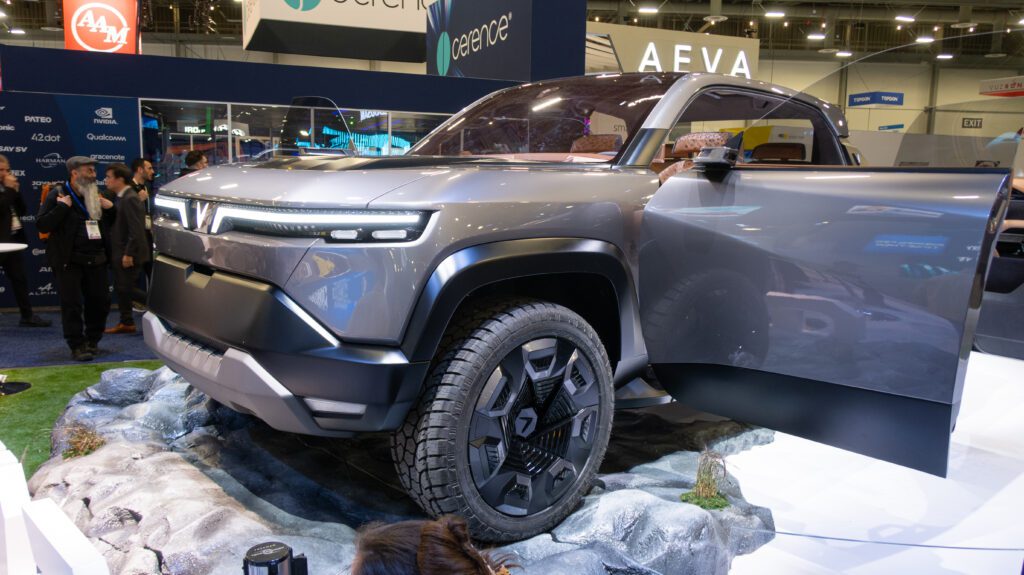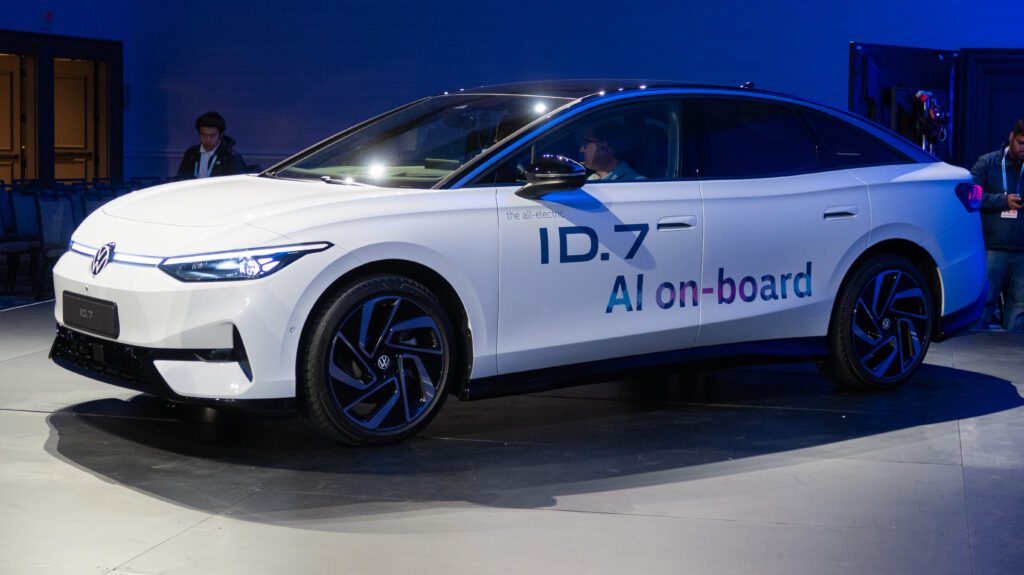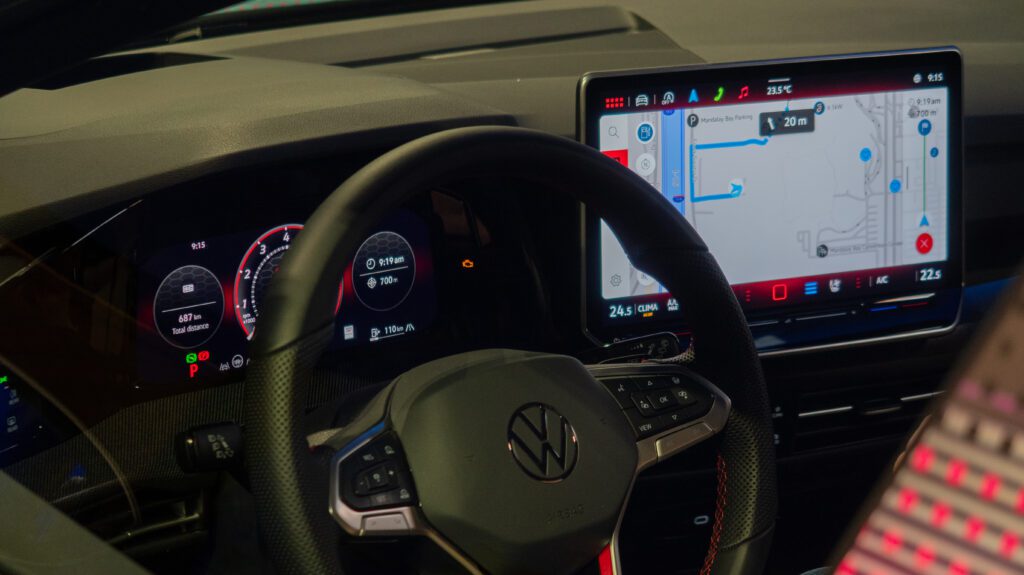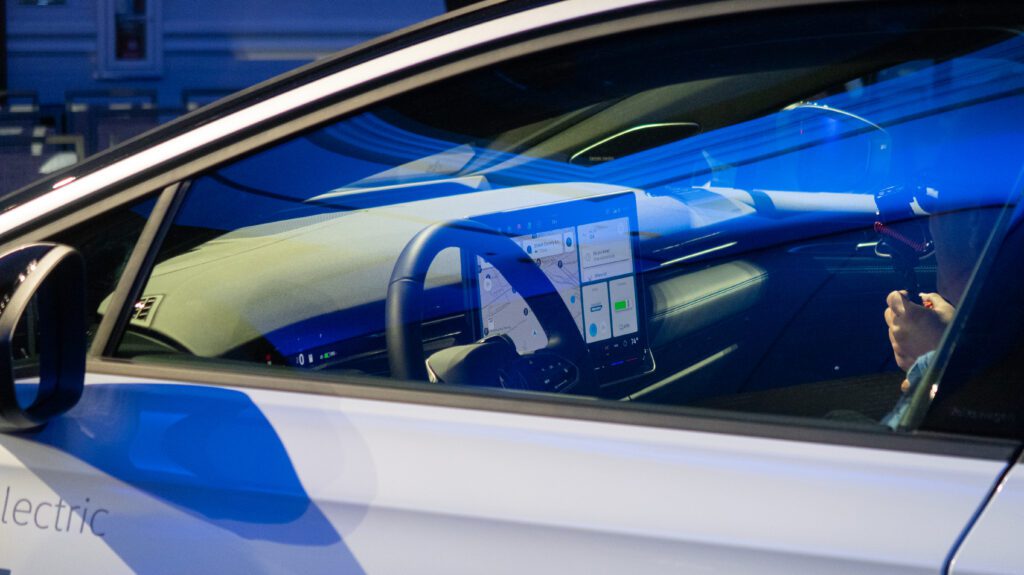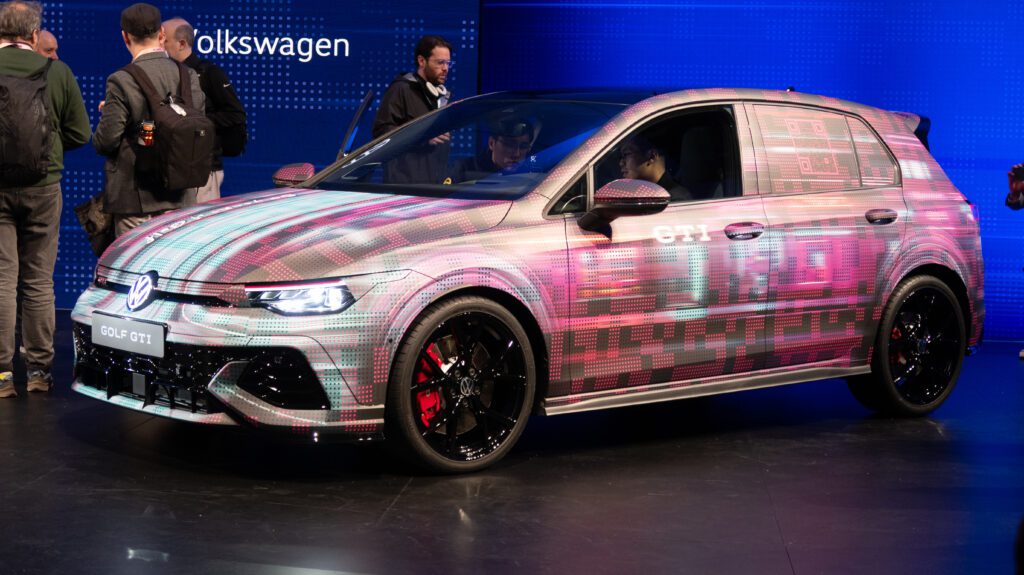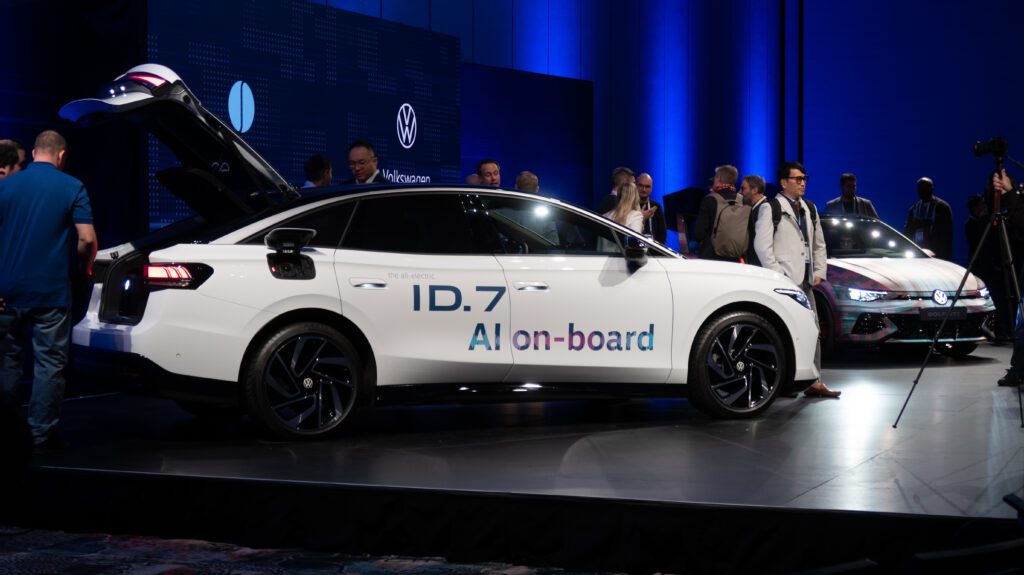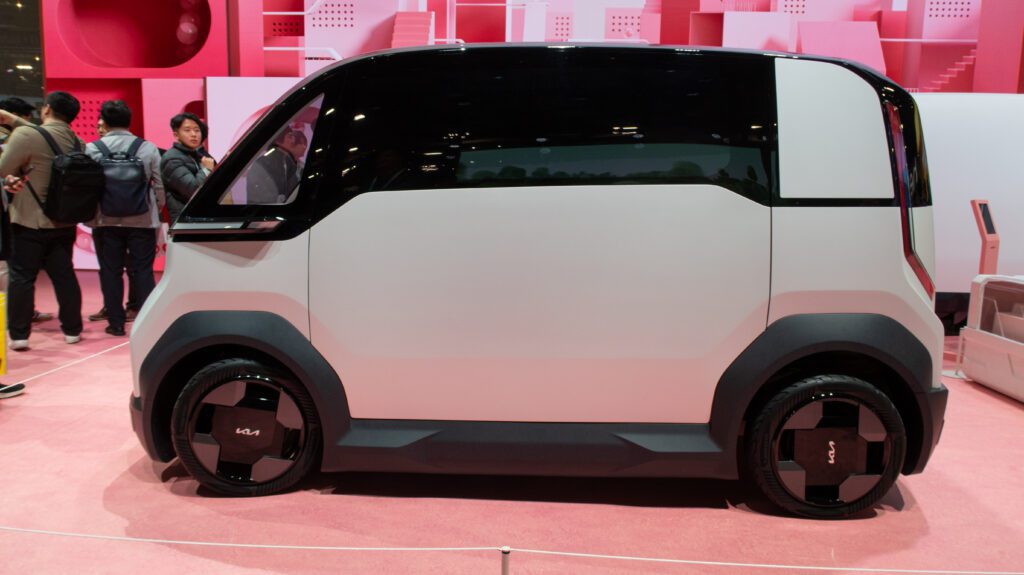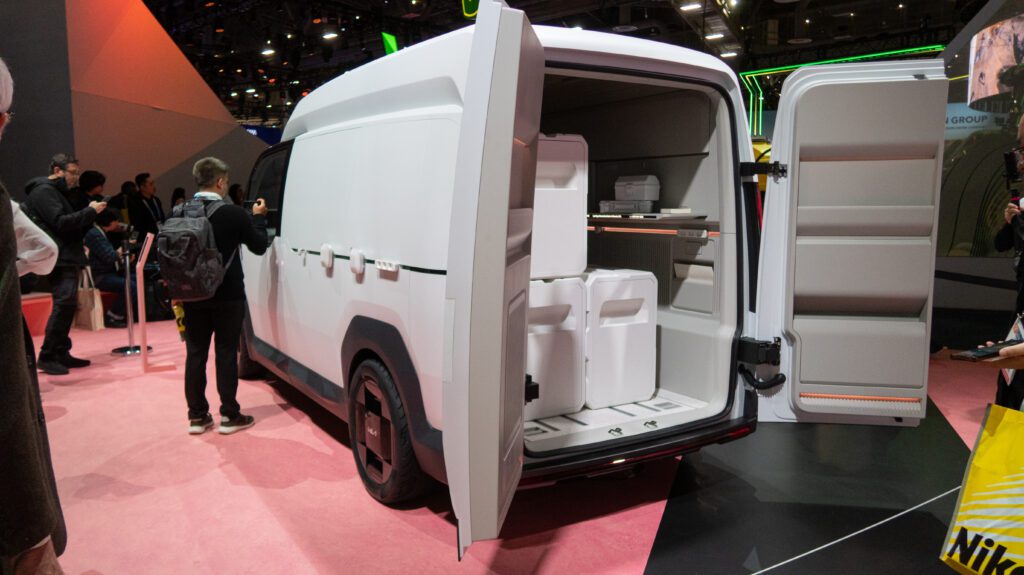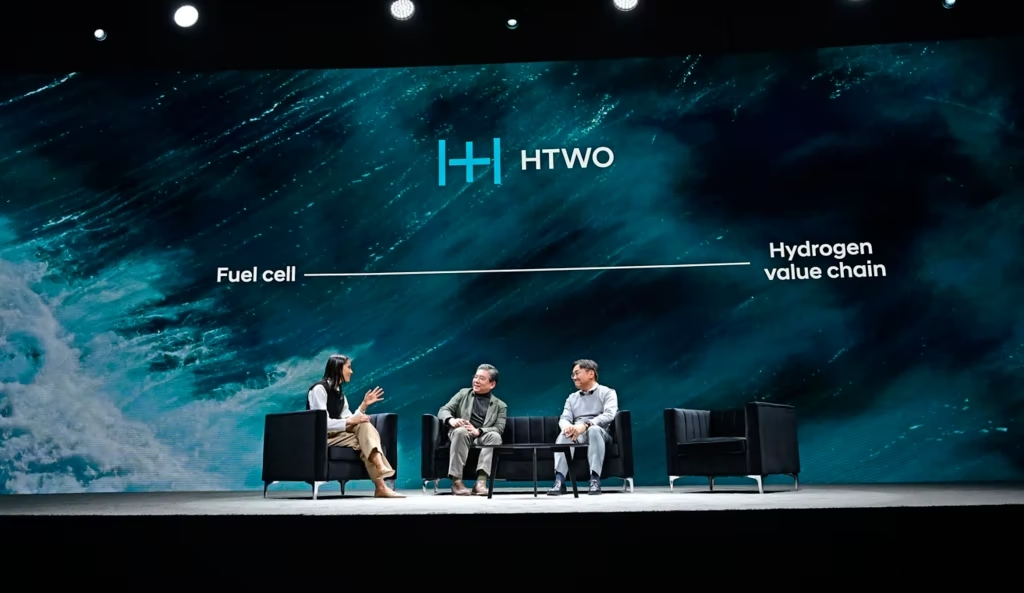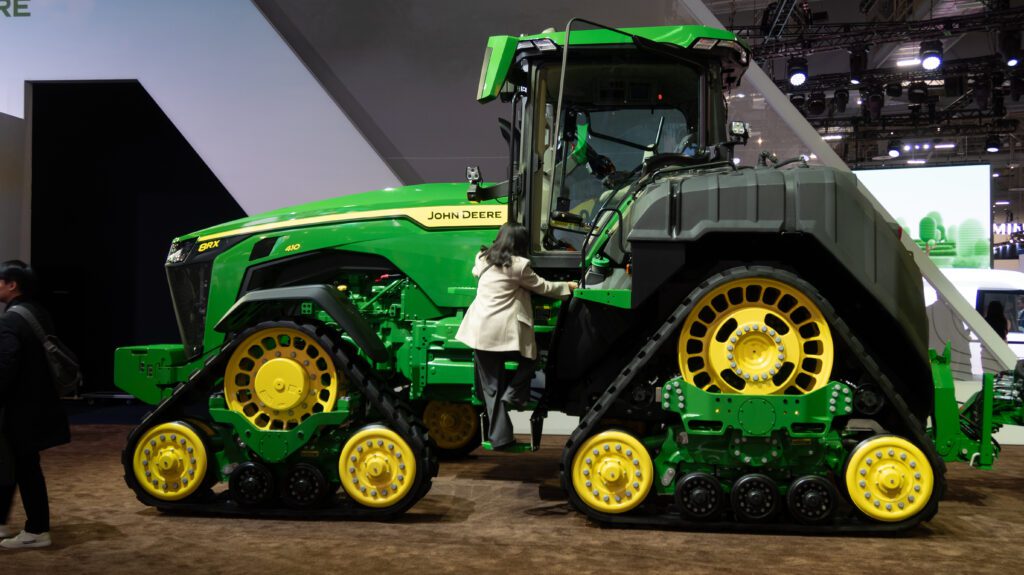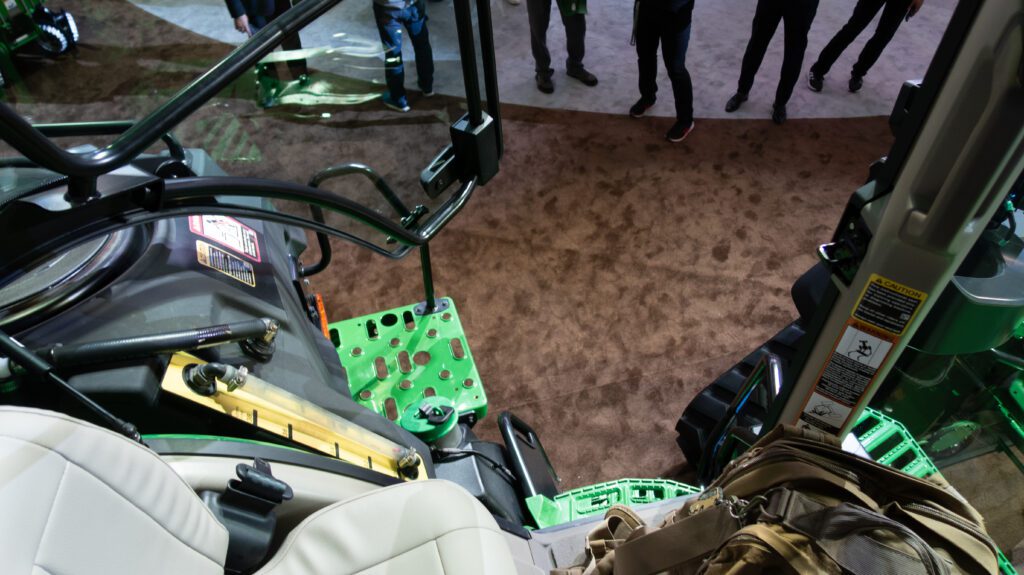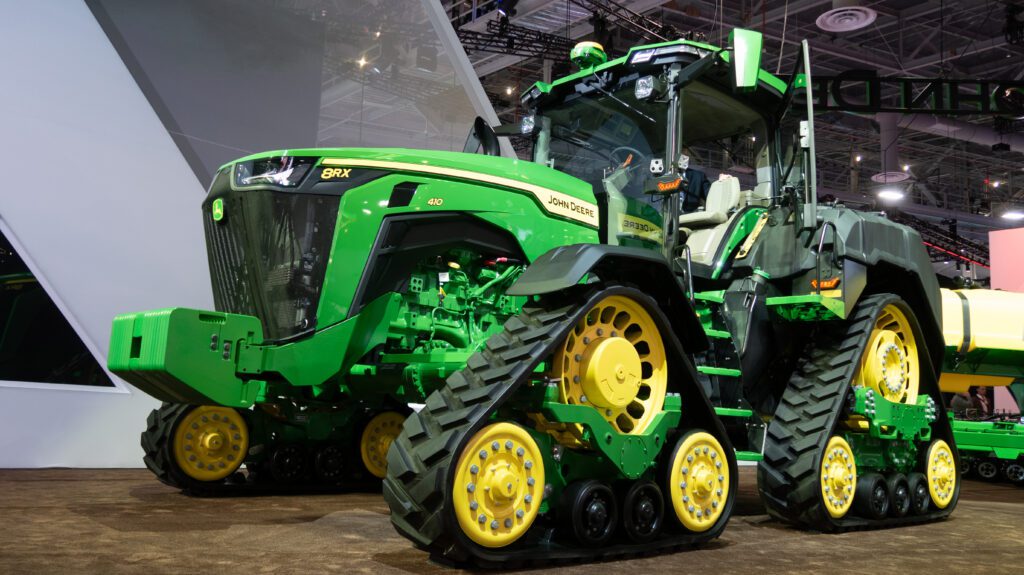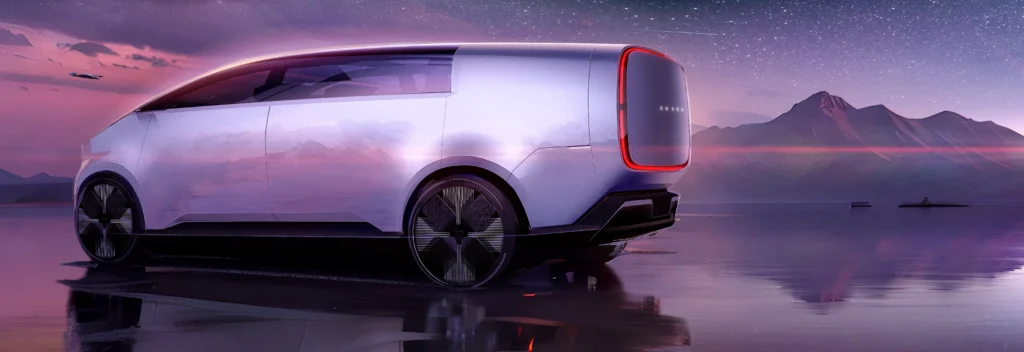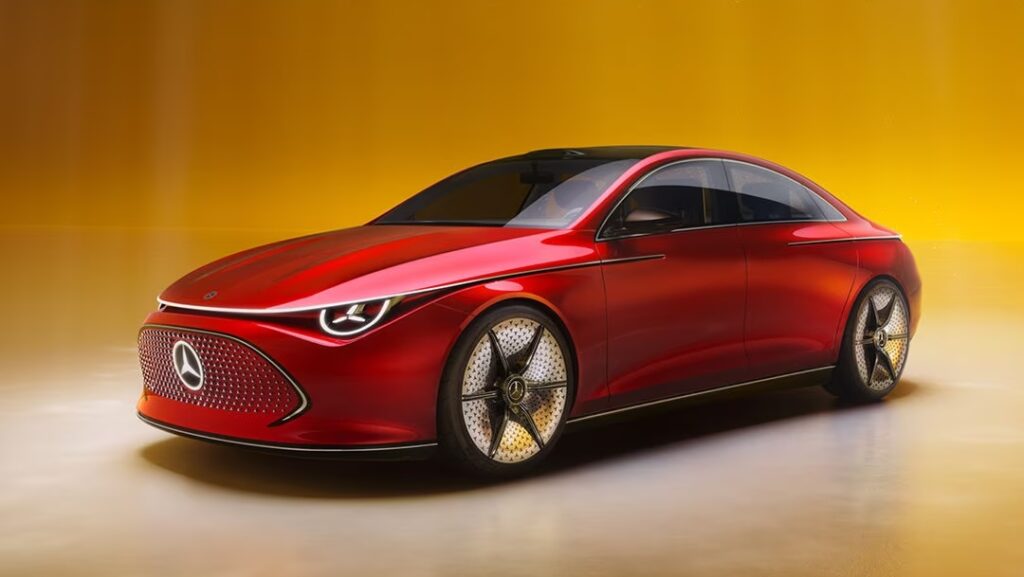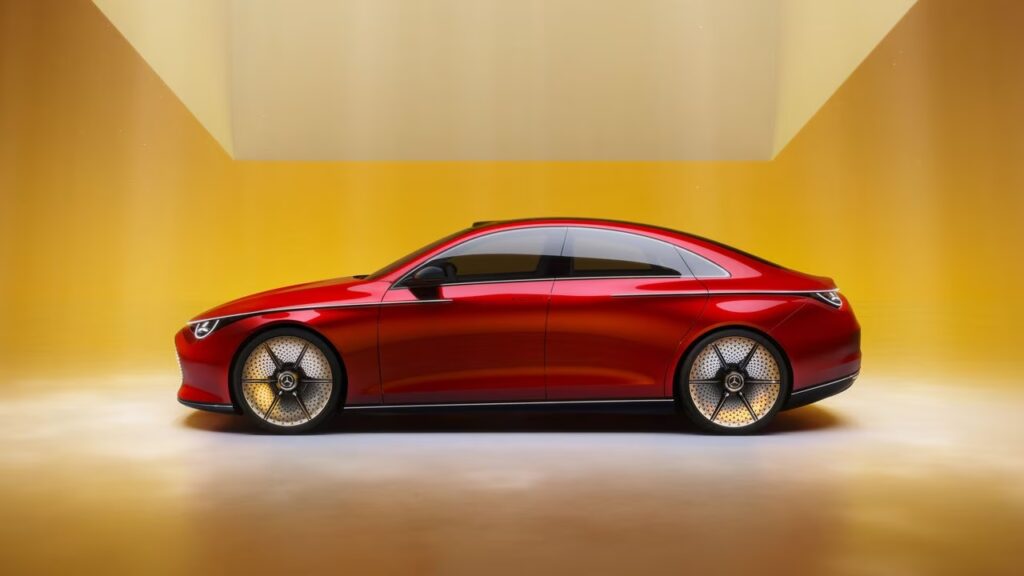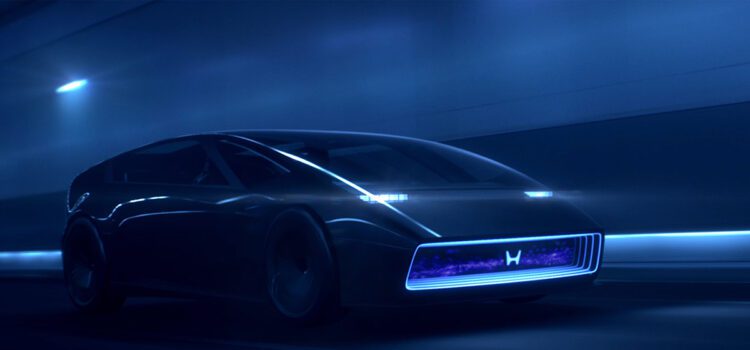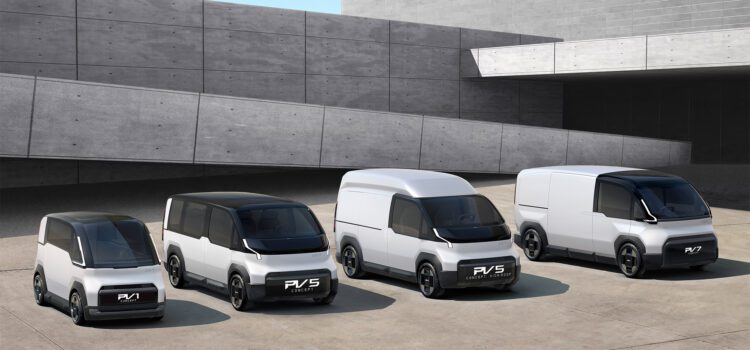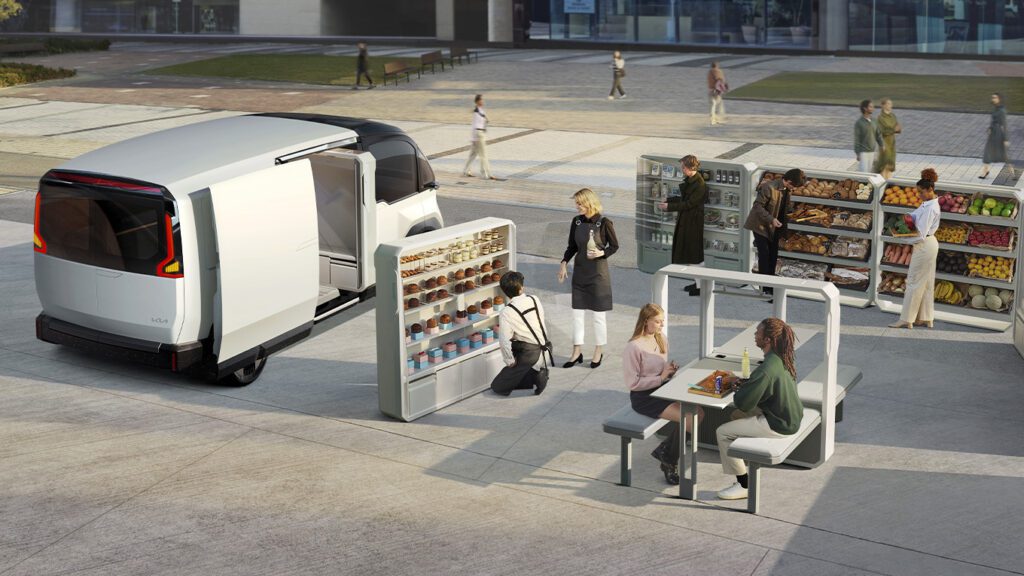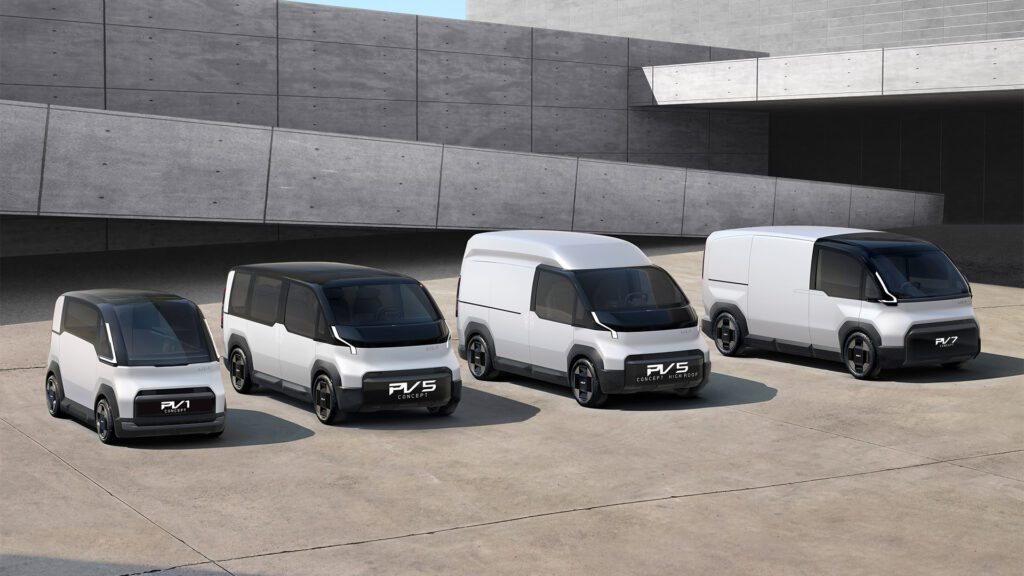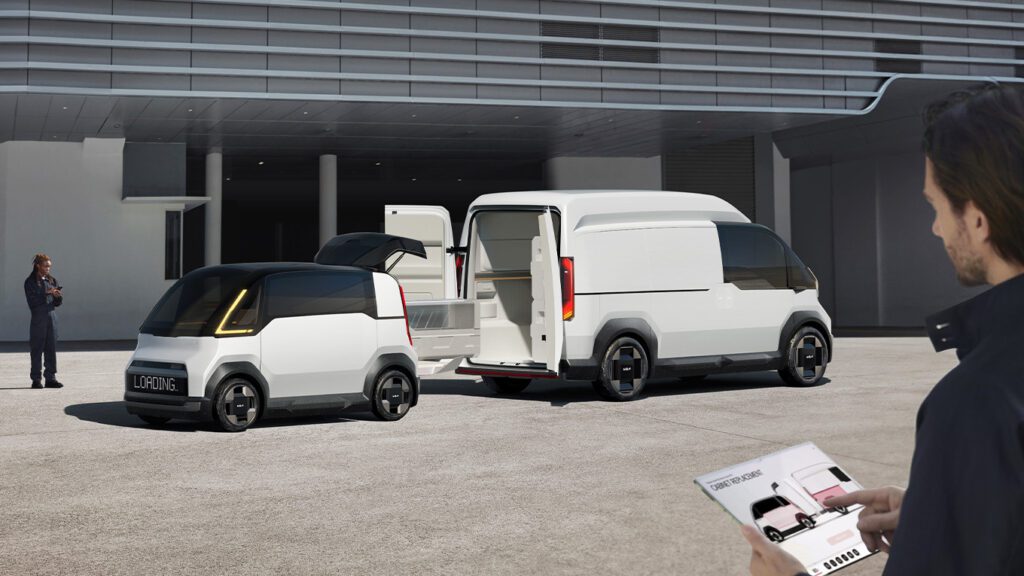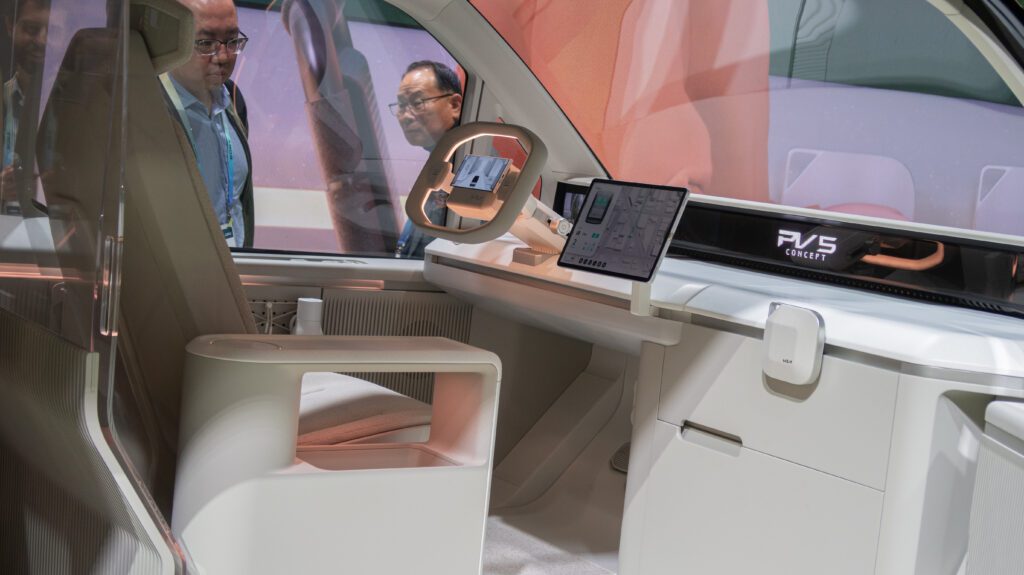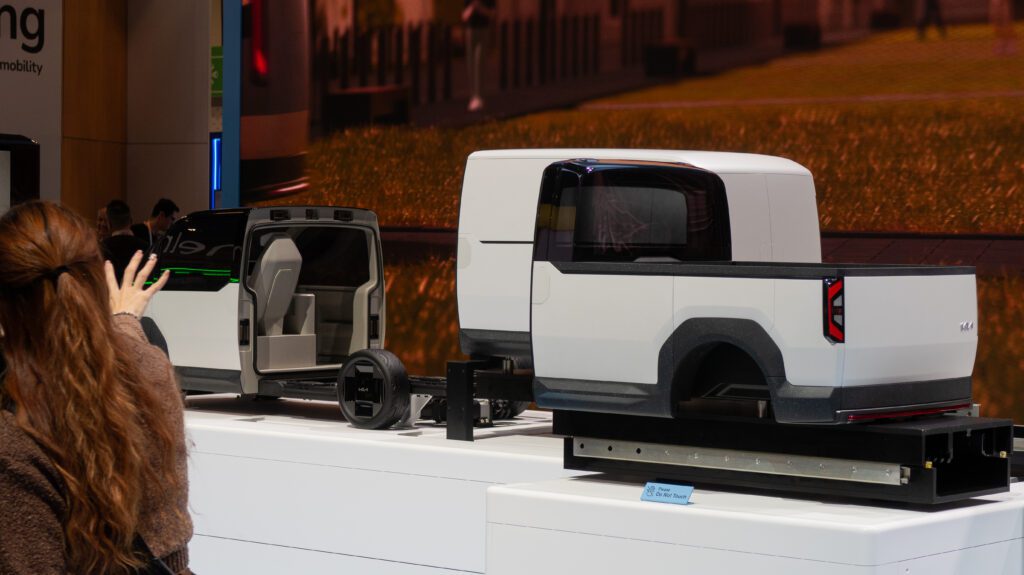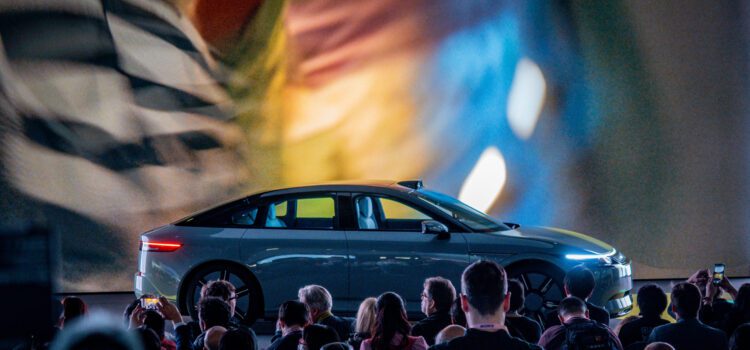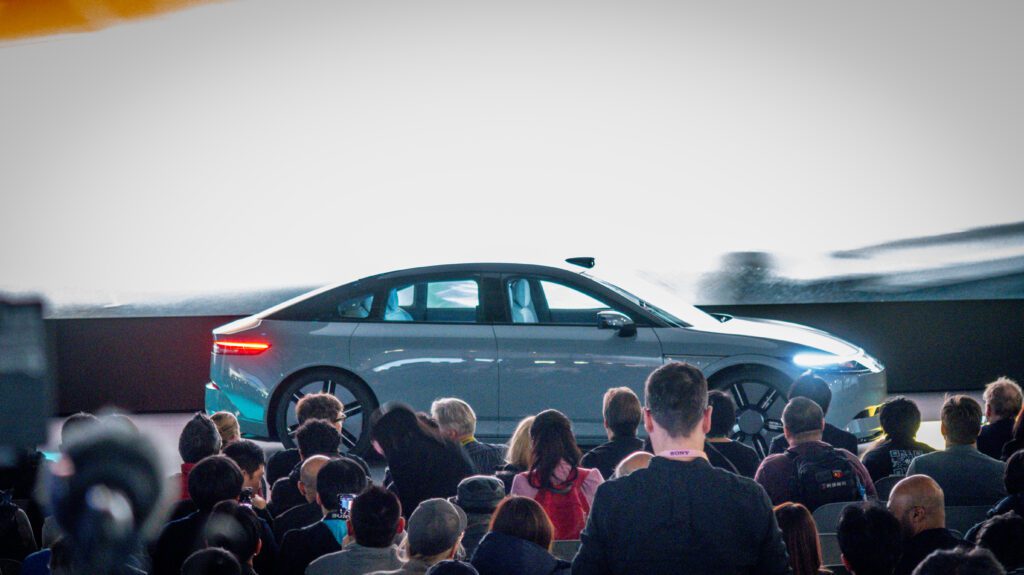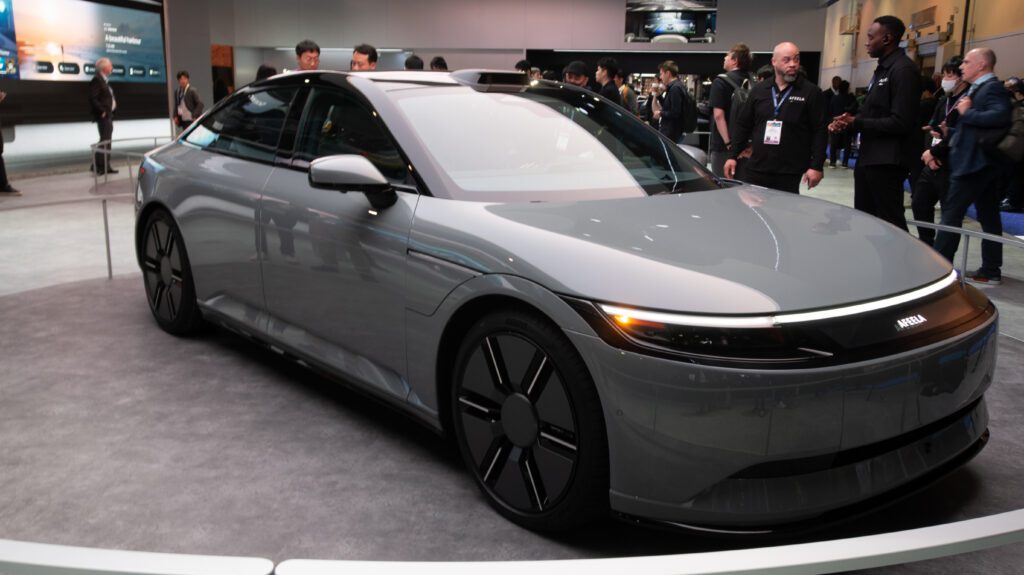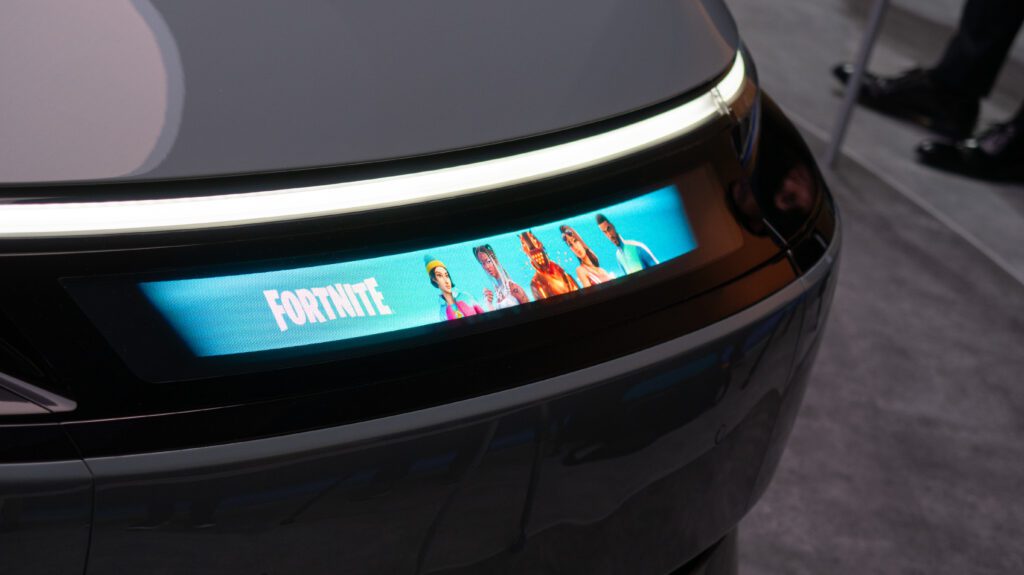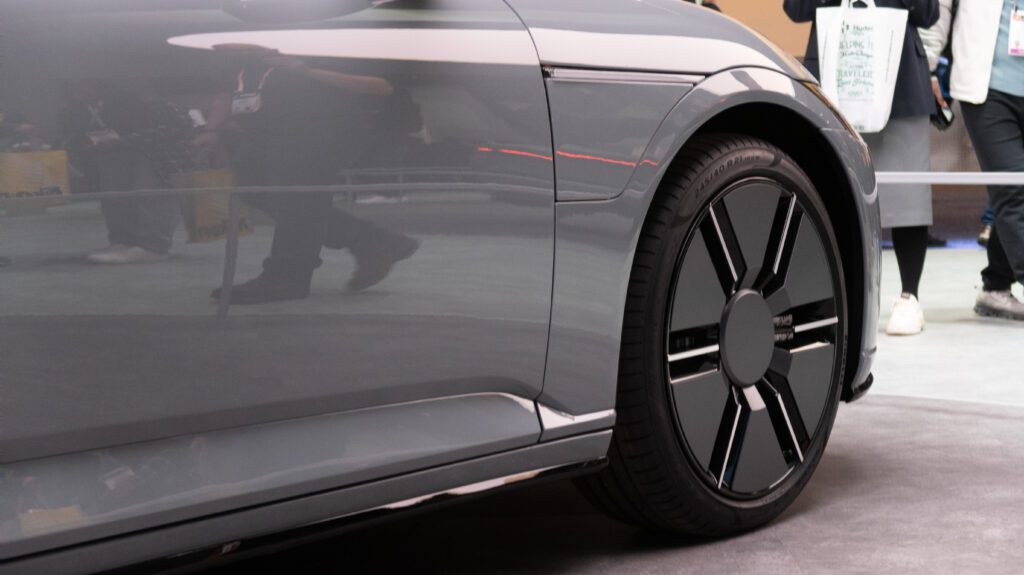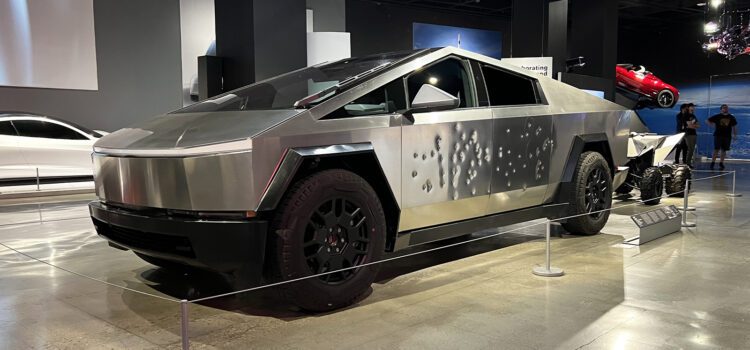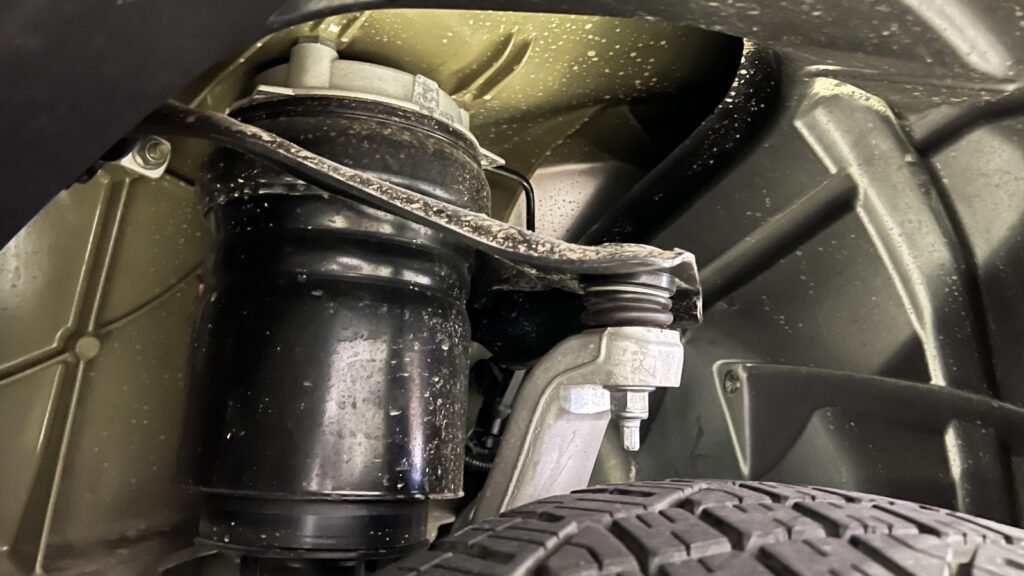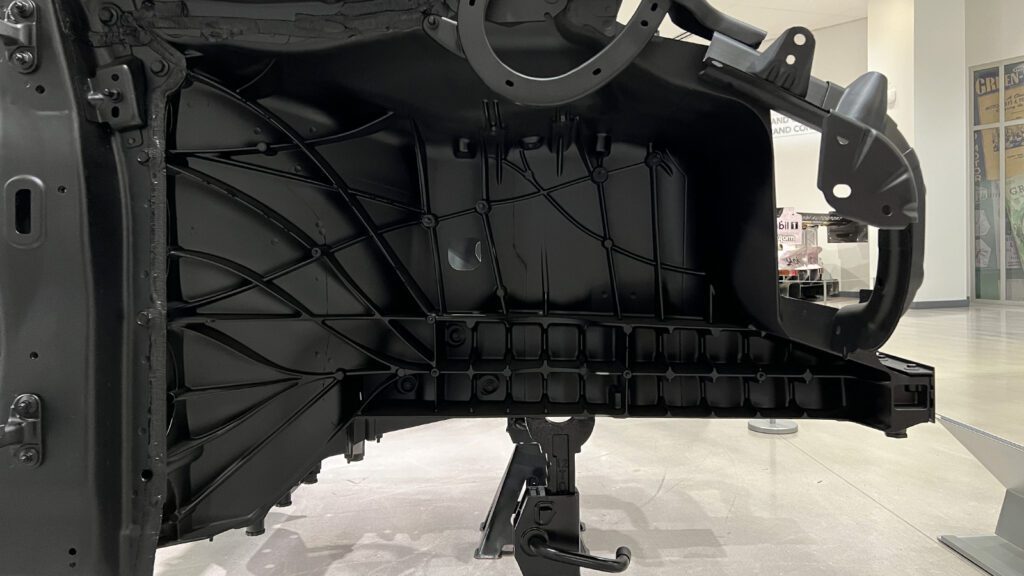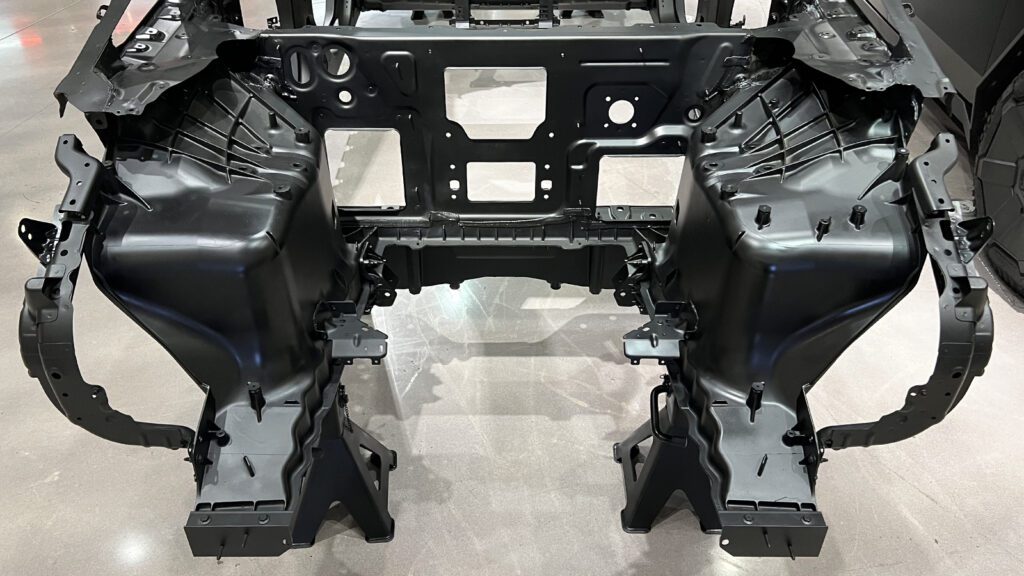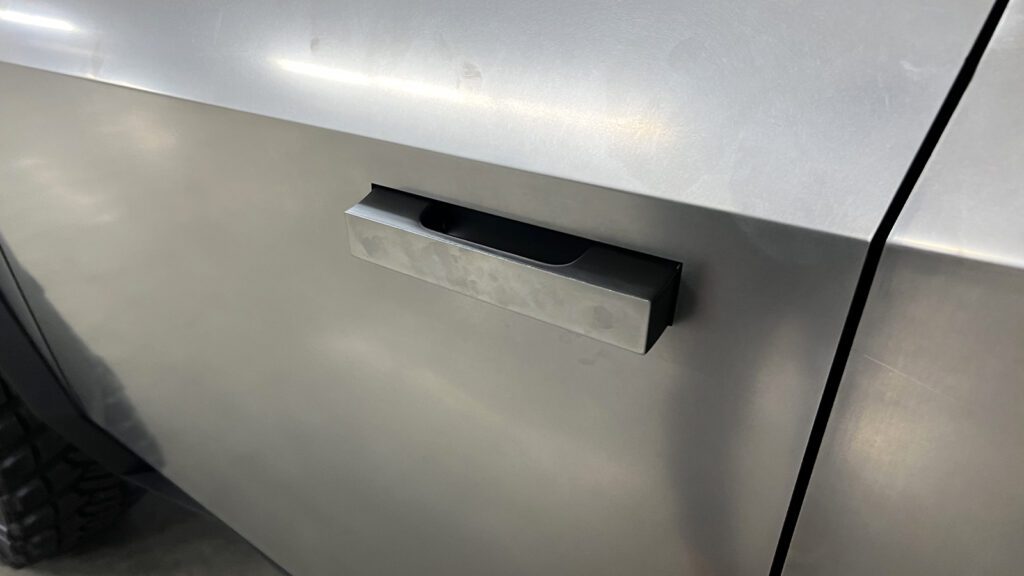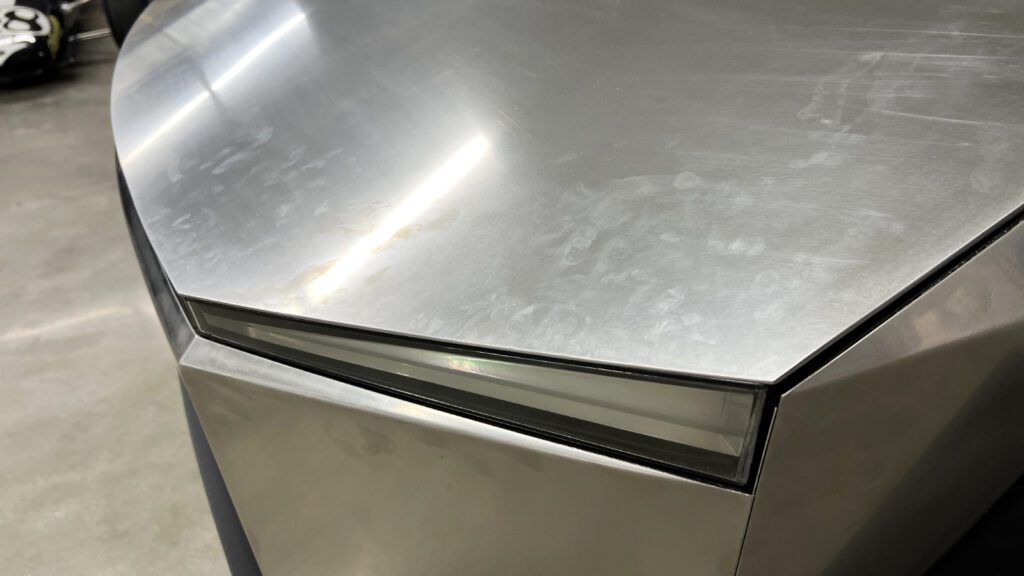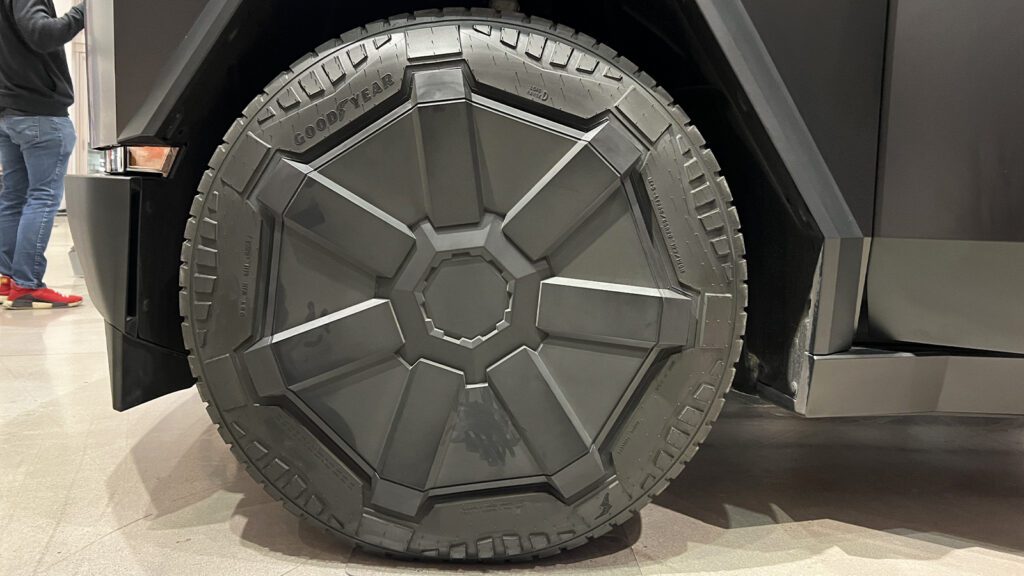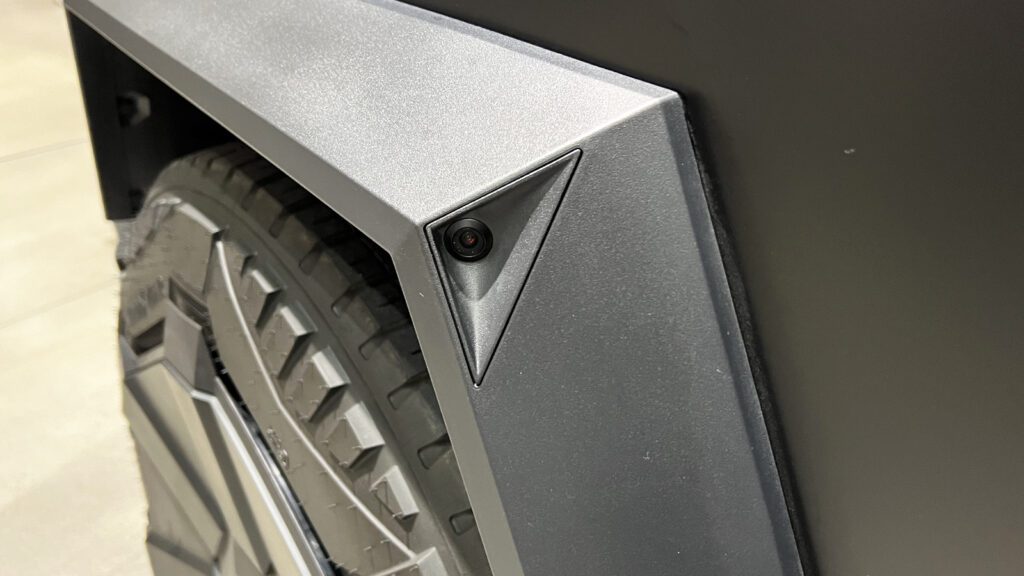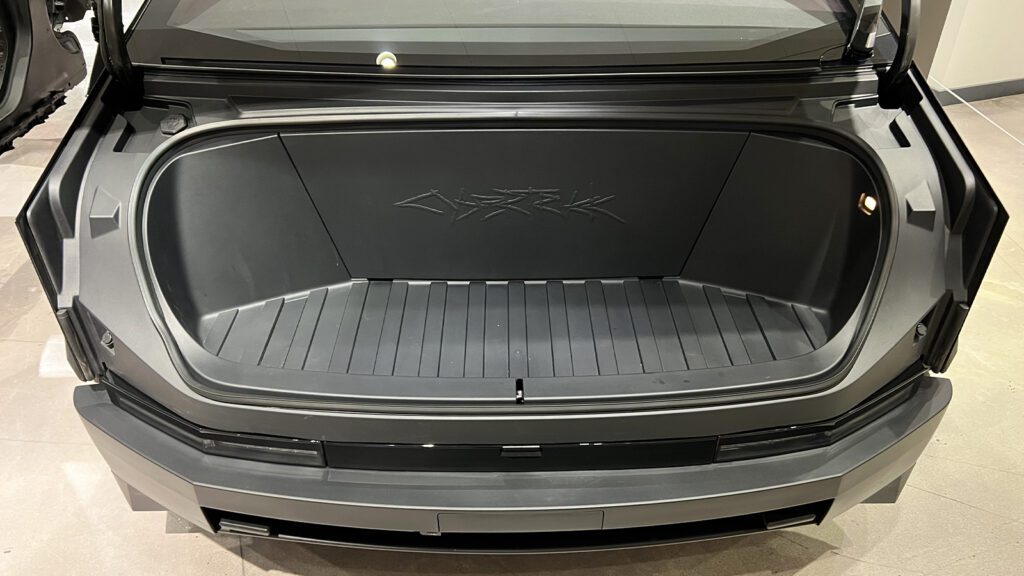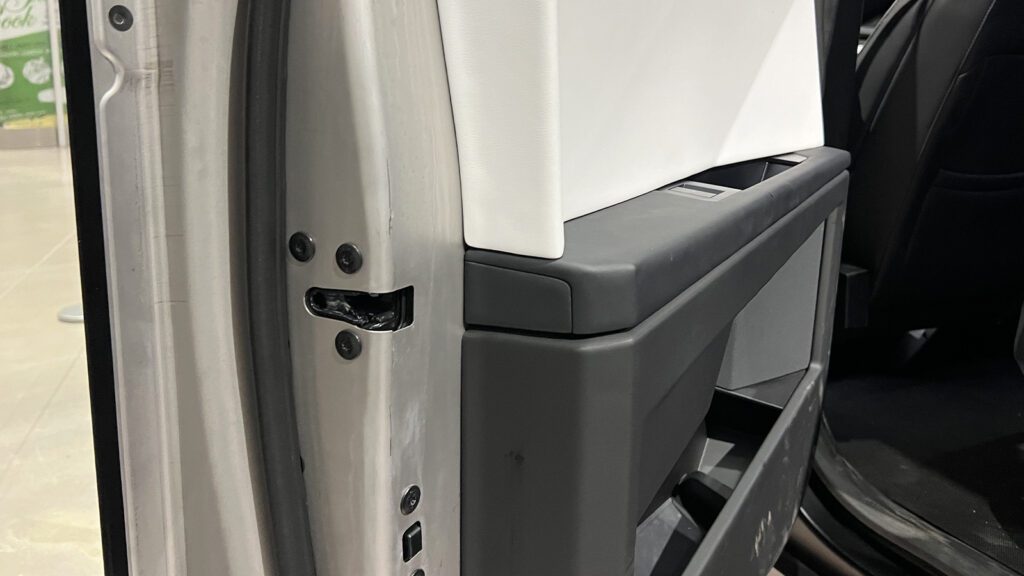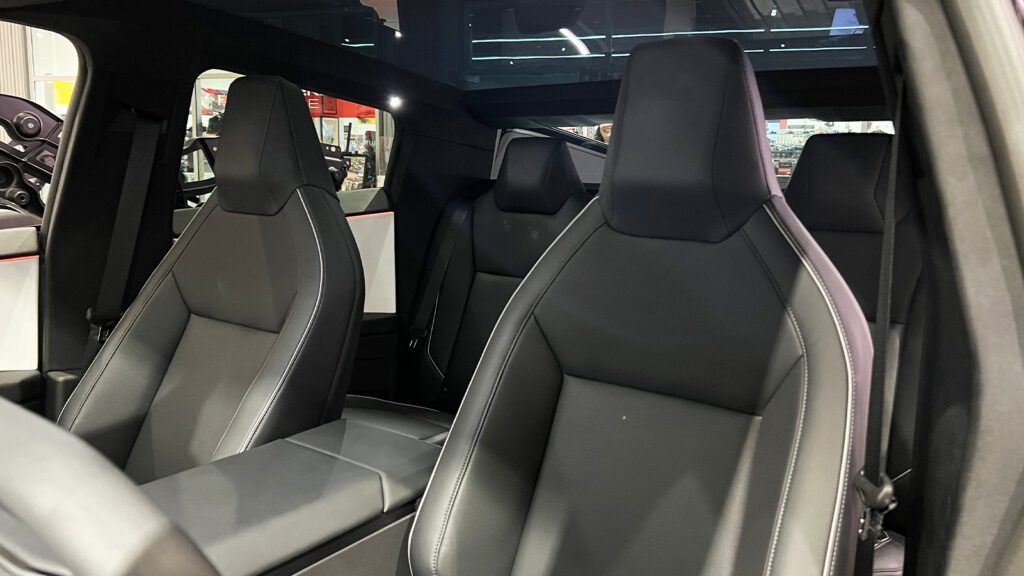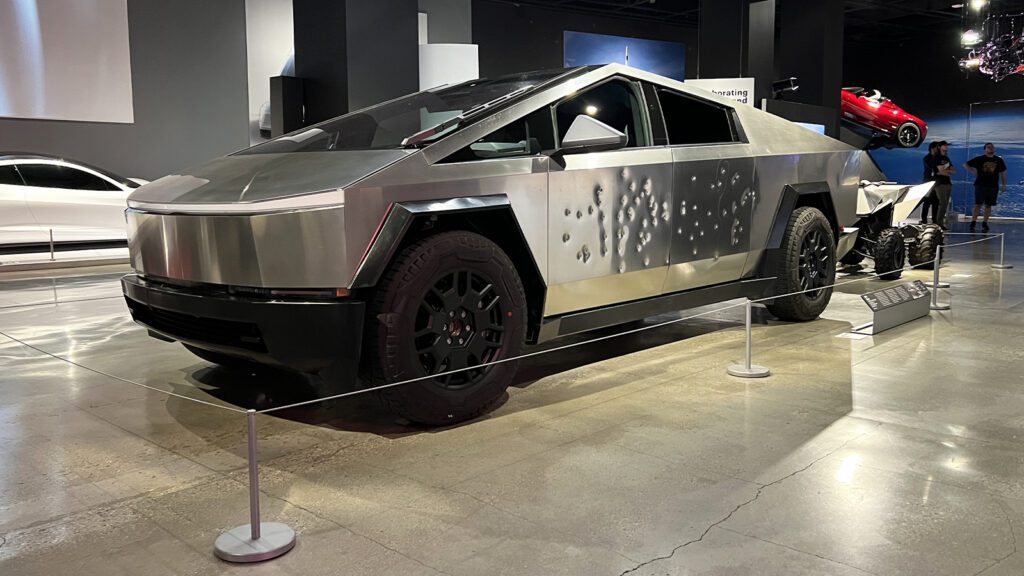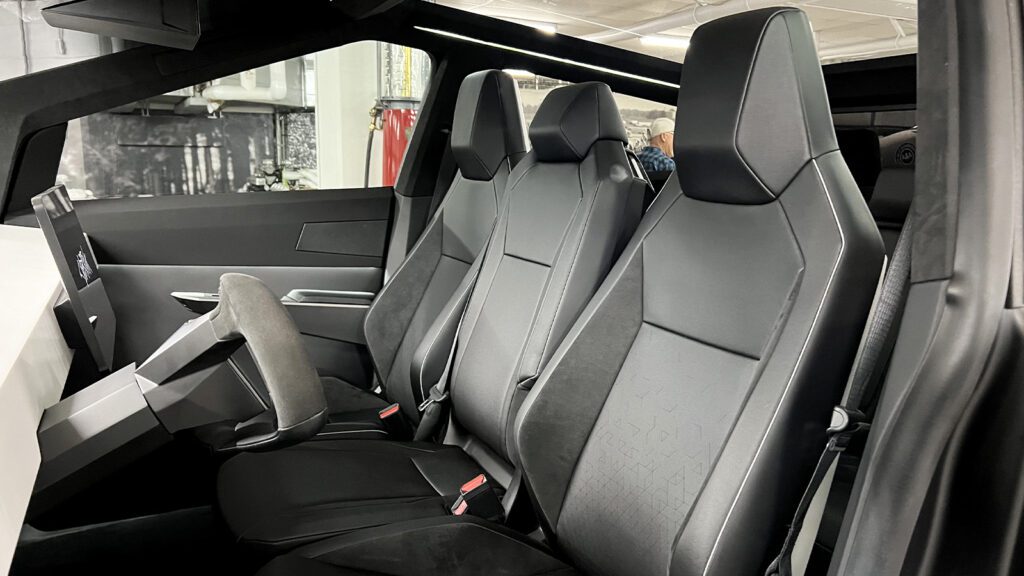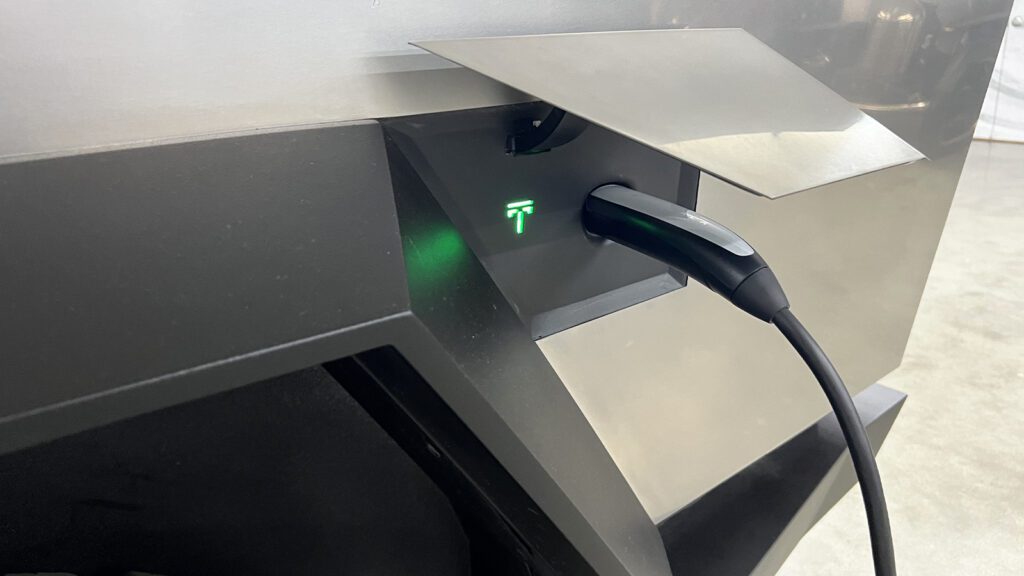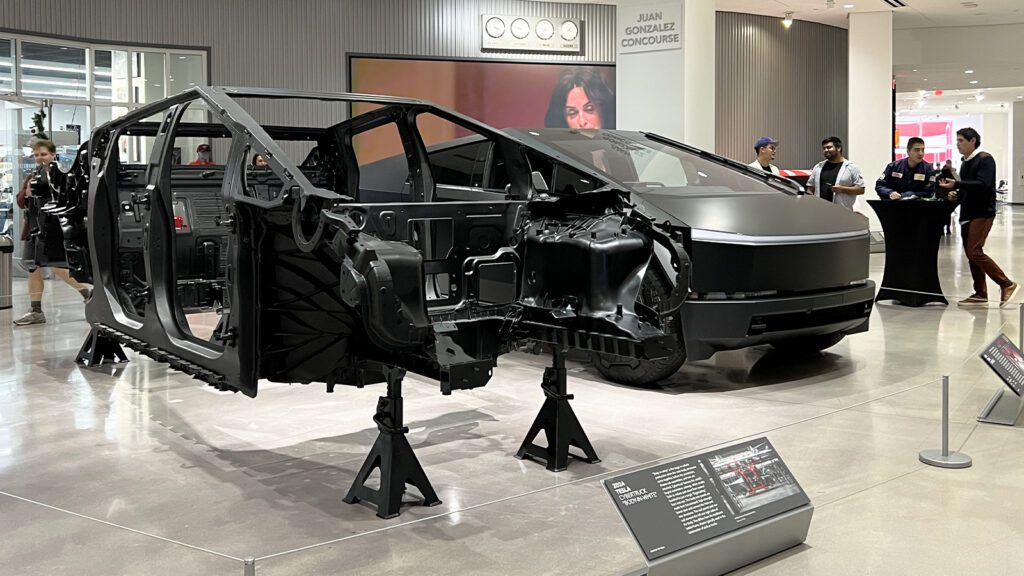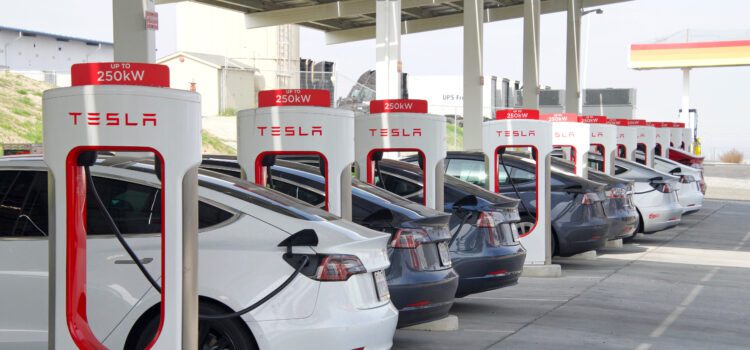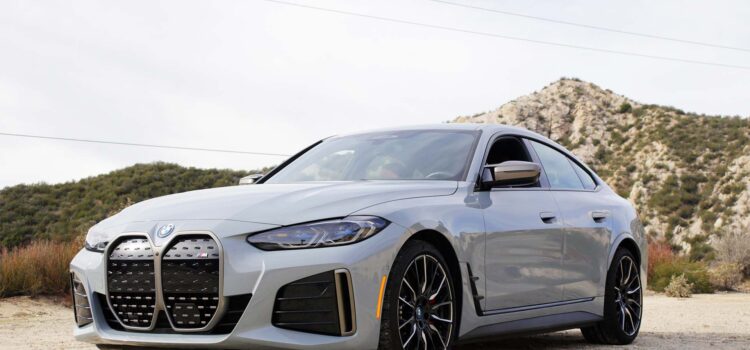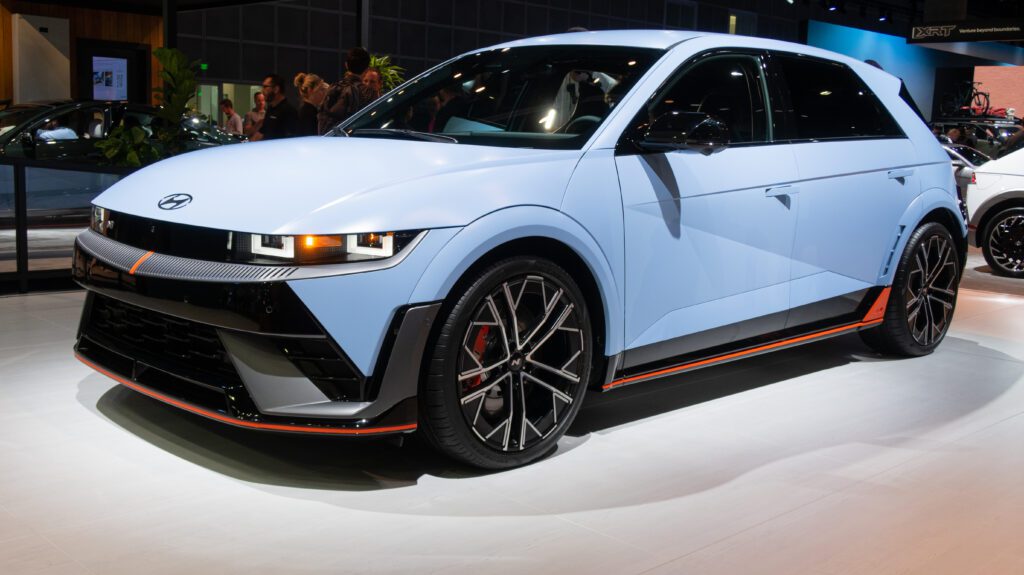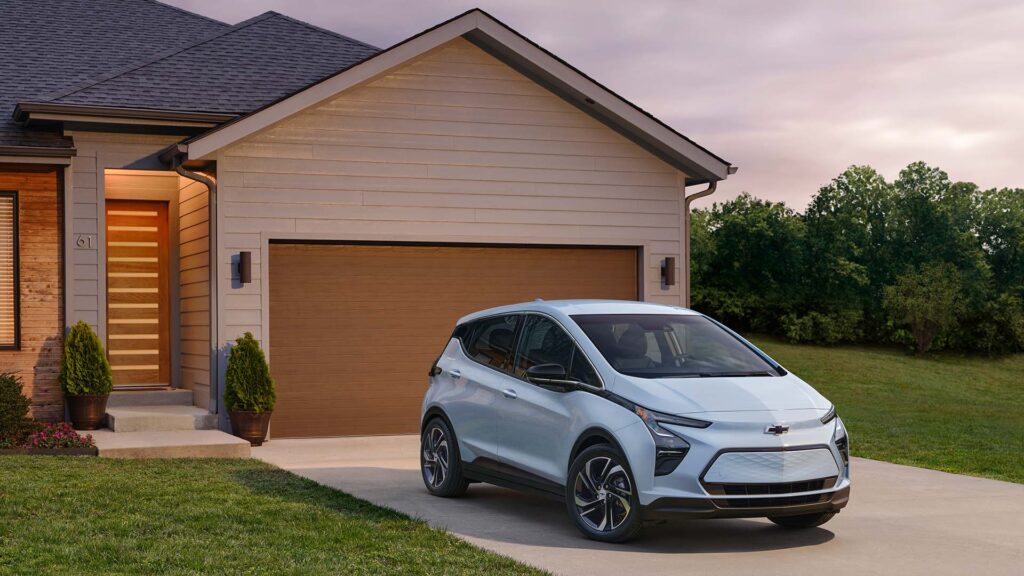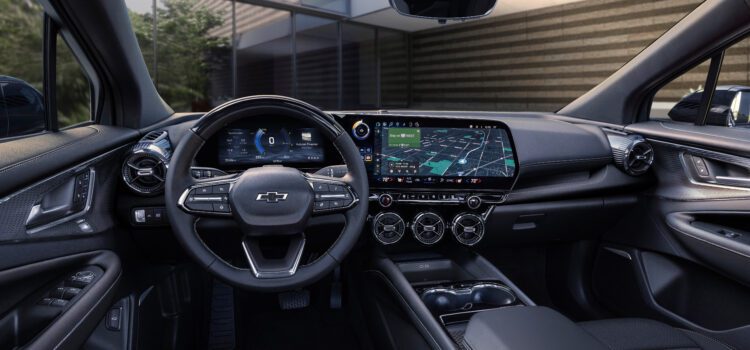For sale: 20,000 Hertz rental fleet EVs, never worn
In a “strategic decision,” Hertz is selling approximately 20,000 electric vehicles (one-third of its EV fleet), according to an SEC filing. The car rental company is among the latest in a recent wave of organizations backpedaling on earlier EV plans.
Hertz plans to reinvest some of the funds from the sale of EVs into purchasing internal combustion engine (ICE) vehicles to meet customer demand. The plan is to reduce lower-margin rentals and the expenses of repairing EVs while gradually increasing the electric fleet.
The company will lose approximately $245 million from the sale of these vehicles based on vehicle depreciation. Later in the filing, Hertz acknowledged that it needs to balance EV supply and demand. Initially, it set a target of 25% electric vehicles for 2024. Take these numbers with a pinch of salt, as actual data can differ from SEC filing calculations, and fourth-quarter financial data has not been finalized.
In 2021, Hertz announced plans to place 100,000 electric vehicles from Tesla into service by the end of 2022. It only has about 50,000 EVs in service, comprising 11% of its total fleet, with Teslas making up 80% of those vehicles.
This is just the latest blow to Hertz’s ambitious EV goals, but it’s not the first time it’s pulled out of a decision it made on EVs with an SEC filing. In 2023, Hertz signed agreements with Tesla and Polestar to buy nearly 200,000 EVs in 2023. In December 2023, it announced a rollout pause because of falling resale values and the high cost of repairs.
Hertz is far from the only company scaling back its EV plans, however. In a Q3 2023 earnings report, Ford announced it would pause construction of a $12 billion BEV factory because many North American customers were no longer willing to pay extra for electric vehicles over their ICE counterparts. GM told a similar story in November. Other companies like Mazda are choosing to focus on plug-in hybrids like the CX-90 PHEV.
“It’s actually become somewhat more of an issue in the past year or so, even though prices of a lot of EVs have come down,” said Sam Abuelsamid, an analyst at Guidehouse Insights.

